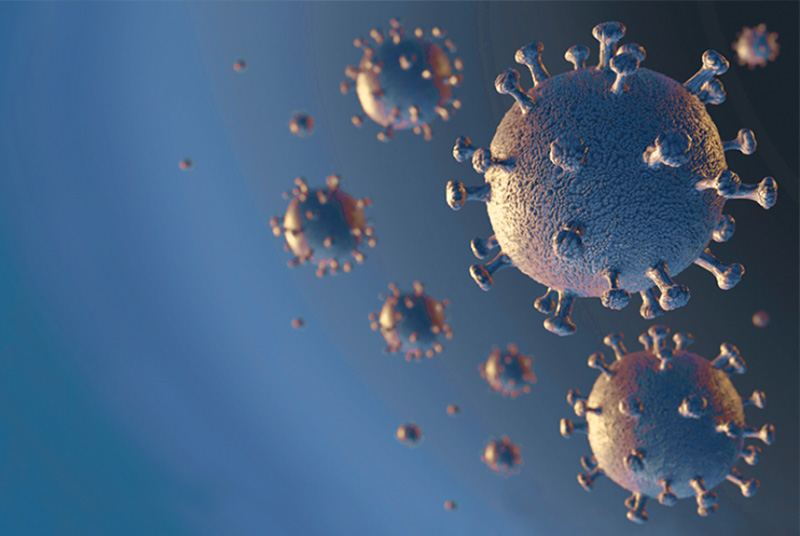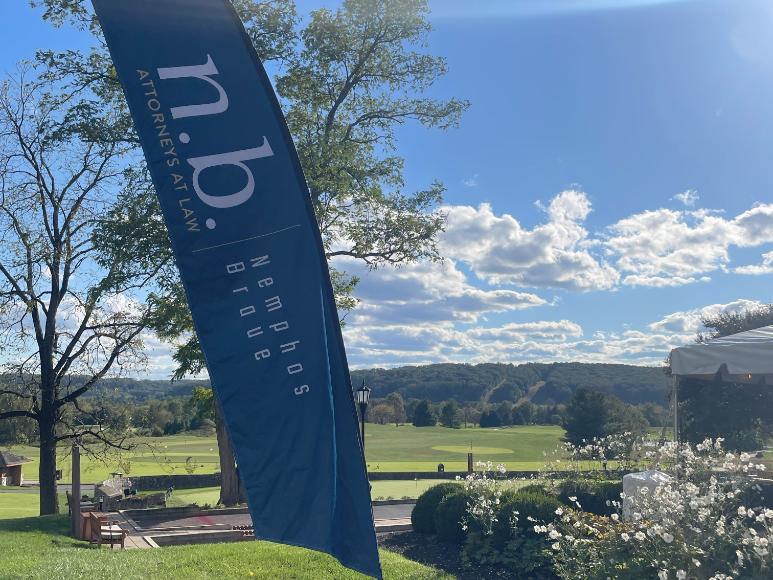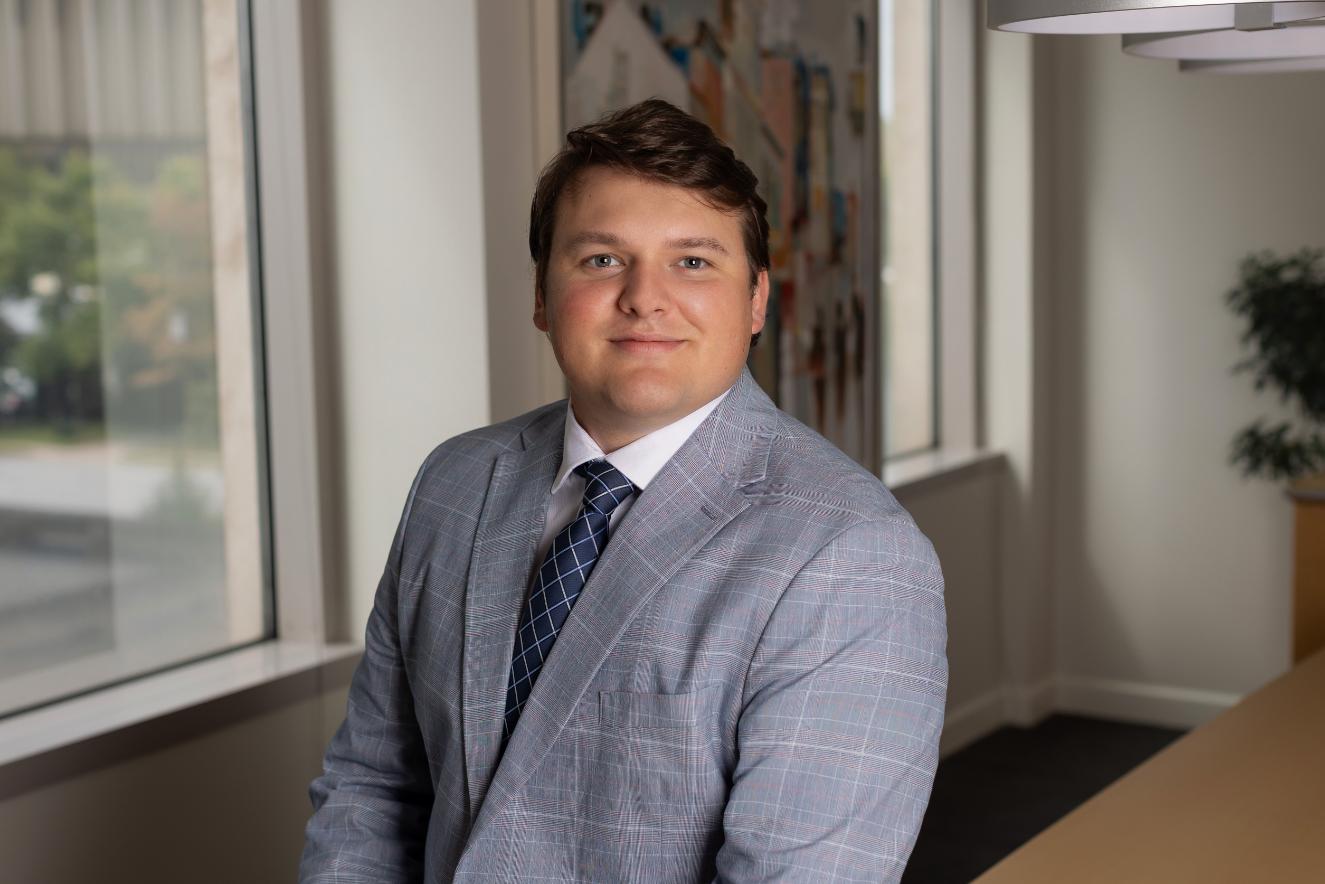Maryland’s Joint COVID-19 Response Legislative Work Group gave a briefing on June 3, 2020 including updates from the Maryland Department of Health and Center for Health Security. Find key takeaways on testing, PPE, bed surge, and reopening below.
Maryland Overview
Robert Neall, Health Secretary
- In March, all of us saw locations that were overwhelmed by Covid-19, including New York City, Italy, and China.
- PPE was globally unavailable.
- We were not able to receive adequate federal assistance, and were competing internationally for resources.
- Maryland has been moving carefully into Phase 1 of the Maryland Strong: Roadmap to Recovery
- We are carefully tracking hospitalization metrics
- (total used / acute / ICU beds)
- Testing volume
- Positivity rates
Bed Surge and PPE
Dennis Schrader, Chief Operating Officer
Alternative Care Sites
- Established the Baltimore Convention Center Field Hospital, a 250-bed facility in partnership with UMMS and JHHS in Baltimore City.
- Reopened Laurel Medical Center, a 135-bed facility in Prince George’s County.
- Reopening Adventist Takoma Park in phases, providing 200 beds in Montgomery County.
- Hagerstown Correctional Facility also will have an ACS site that can accommodate 96 convalescent patients.
Modular ICUs
- Each modular ICU consists of 8 bed units, but can be deployed in multiple configurations.
- 2 units (16 beds) are deployed and in use at Adventist Ft. Washington.
- An additional 2 units will be coming online shortly at Prince George’s Hospital Center, to provide a total of 52 ICU beds when combined with the advanced medical tents as hospital extensions.
- Additional units are available, and we are discussing with hospitals in Montgomery County and Baltimore City.
Ramping up PPE Supply
- Multi-agency task force has been working around the clock to ramp PPE – large deliveries coming on a daily and weekly basis; including
- 1,200 ventilators
- Over 6.4 million N-95 respirators and 8.7 million KN-95s
- 23 million surgical masks
- 17 million gloves
- 1.2 million face shields
- 2.1 million gowns
- PPE requests are coordinated with local health departments and deliveries go out weekly.
Testing and Contact Tracing
Frances Phillips, Deputy Secretary, Public Health Services
Expanding Testing Capacity
- Current goal: Sustaining 10,000 PCR-based Covid-19 tests a day.
- Next goal: reaching 20,000 tests a day.
- Approach:
- Expanding internal state public health lab capacity.
- Creating partnerships with commercial and academic labs to use their capacity.
- Pursuing strategic opportunities with test manufacturers, federal labs, retailers, and hospitals.
- Laying the foundations for statewide serological survey.
Increasing Lab Capacity
- At the State Public Health Lab – From less than 500 to 970 a day.
- Partnerships with five commercial labs:
- 3 national labs (LabCorp, Quest, MAKO Labs)
- 2 Maryland labs (ICMD of Greenbelt and CIAN of Frederick)
- Unleashing the full potential of University of Maryland’s School of Medicine’s research lab at the Institute for Genome Sciences.
Expanding Specimen Collection Sites
- “Specimen collection kits” means a swab and a viral transport media. PCR Assays are not deployed.
- We are increasing our vehicle emissions inspection program (VEIP) sites and creating four regional sites capable of high-volume.
Developing mobile testing solutions.
- Conducting universal testing in nursing homes.
- Beginning to test all staff and residents at state correctional and juvenile facilities.
Nursing Home Response Teams
- We have deployed “Strike Teams” and “Bridge Teams” to hard-hit facilities.
- All specimen collections of residents and staff of nursing homes should be collected by June 5 (deployment of specimen collection kits done on May 29)
- Nursing Home Response Data
- Telephonic assessments: 469 assessment calls
- Telephonic follow-ups: 182 follow-up calls
- Cumulative site visits (initial + revisits): 252 facilities
- In-person facility assessments: 101 facilities
- Universal testing (staff + residents): 227 nursing homes
- Covid-19 specimen collection kits distributed: 55,001 kits
- Bridge Team training: 24 teams to respond to staffing shortages in nursing homes. Teams were trained on proper PPE use, infection prevention, fit tested for N95 masks, and tested for Covid-19.
Contact Tracing
- Expanded Contact Tracing goes live this week
- Using National Opinion Research Center (NORC) in Bethesda and Covid Link (CRISP and Salesforce.com)
- 1,400 tracers statewide
- 800 hired by local health departments; the rest are state contractors
- Capacity to trace 1,000 Covid positive cases and up to 10,000 contacts daily
- The goal is to initiate the trace within 24 hours of a lab-confirmed positive test result.
- 14 jurisdictions have asked the state to be primary lead
- The other 10 jurisdictions will be primary, with overflow cases not initiated within 4 hours to be sent to the state
Contact Tracing Timeline
- When the phone rings – the called ID will read “MD COVID”
- The contact investigator will verify the caller’s identity, ask about health, potential symptoms, and duration.
- Also ask about whereabouts and interactions with others. We will reach out to those contacts.
- Guidance will be provided for quarantine/self-isolation/monitoring.
- They will never ask for your Social Security number, financial info, or personal details or passwords.
- Infected person’s name will not be disclosed.
- MDH will be intentional in crafting its contact tracing efforts to include reaching minority and vulnerable communities.
Minority Disparities
- We directed our resources to the hardest hit areas including testing and patient surge capacity.
- One area of focus was on Eastern Shore Poultry-Industry Related Covid-19 Outbreak
- We worked with the Haitian Creole and Spanish speaking communities to help get people tested.
- Also worked with Eastern Shore Minority Outreach & Technical Assistance (MOTA) organizations.
- Second phase is with Anne Arundel, Baltimore City and County, Montgomery, and Prince George’s Counties
Vulnerable Populations
- Task Force to develop heat maps of vulnerable populations – for local health departments and Managed Care Organizations (MCOs) / Primary Care Providers.
- Worked with Ready Responders – 8 teams over 45 days to evaluate 1500 high-risk individuals.
- Worked with MEMA and Dept. of Housing and Community Development (DHCD) and local health departments to identify non-congregate housing options.
- Provided PPE to certain vulnerable groups
Remdesivir Distribution
- We received an initial 30 cases (1,200 vials) of Remdesivir from the federal government in mid-May.
- We distributed the initial shipment based on each hospital with hospitalized Covid-19 patients and proportionate to their share of the statewide 7-day average Covid-19 hospitalization census.
- For shipments 2 and 3, MDH continues to allocate the Remdesivir to Maryland medical facilities to treat seriously ill patients as we receive them.
- The ongoing Remdesivir distribution plan is based on a hospital’s proportionate share of the statewide 7-day average Covid-19 hospitalization census.
Q&A
Senator Clarence Lam: In regard to tests, how many of the daily tests are the South Korean tests? And how many total South Korean tests have been done to date?
Frances Phillips: The goal is to have testing readily available. I cannot give you a number on how many have been used. They have been fully validated and secured as a key resource.
Delegate Eric Luedtke: Where are the testing sites located that the general public could access them?
Frances Phillips: On the department’s website we have a feature that helps people find a testing location. We have been working with all the local health departments.
Senator Jim Rosapepe: Is the limited goal on testing related to demand or supply? Do you think we need to do more testing than that?
Frances Phillips: We have been hearing concern from employers, they want to be able to ensure their workplaces are safe for employees. We feel that 20,000 tests a day is a robust goal for the state. Today we are at 14,000, we want to sustain that and encourage new testing technology.
Delegate Michael Jackson: Who is leading the test sites?
Frances Phillips: Some are state operated, some are operated by local health departments, some are operated by health systems. The staff at test sites are generally individuals from local health departments, or contractual employees.
Senator Steve Hershey: Are isolation and quarantine interchangeable? Could you describe the guidance given to those that call in for assistance?
Frances Phillips: Isolation is a term used for those that have been confirmed. Quarantine is a term to have people remain at home, maybe someone who has been in close contact with a confirmed case. The guidance given is very extensive, it begins with understanding their physical condition. Are they having symptoms, do they need immediate care? Are they able to isolate properly? People are asked to go through their past calendar. We do check in with them to ensure they are able to comply.
Delegate Sheree Sample-Hughes: Has there been coverage provided to shelters? What level of support are we providing homeless shelters? Is there any cost to the shelters?
Frances Phillips: Through local health departments or local emergency managers, that is the conduit for support and PPE. They are on the PPE list for eligibility and distribution. Health departments are given weekly allotments of tests. The costs are completely covered by the state.
Delegate Pena-Melnyk: Why are we not increasing Medicaid reimbursements in nursing homes when other states are? Regarding the 500,000 tests, how many went to nursing homes? Can you give us a breakdown of the ethnic breakdown of people you have hired?
Frances Phillips: I’m uncertain of the Medicaid reimbursements. I can’t answer exactly how many went to nursing homes, working with the National Guard there have been many labs that have been involved with the 55,000. I have not looked at the human resources on the ethnic breakdown. We have really relied on our bilingual staff. We have a large contingent of Spanish speaking contact tracers.
Senator Delores Kelley: Regarding assisted living. What is happening with them? Is there any systematic testing?
Frances Phillips: There was a tremendous call to action for nursing homes. We do need to focus on those in assisted living.
Kathy Szeliga: My concern is for visitation in nursing homes. There has to be a way for visitations to begin. When you are recording deaths of Covid-19 are you able to determine if someone died from the virus or of the virus?
Frances Phillips: We are trying to get guidance on how to cautiously reopen visitation. Maryland reports confirmed and probable deaths. If the cause of death on the death certificate is Covid disease that is a confirmed case. Our medical examiner has been trained. If they do have suspicion of Covid if it is possible to take a specimen to run in the lab they do so in order to ensure that we do not have any Covid deaths that are unrecognized or unreported.
Presentation from Dr. Thomas Inglesby
MD Director, Center for Health Security, Johns Hopkins Bloomberg School of Public Health
- ICU beds occupied by Covid-19 patients at the peak were 611, now they are down to 481.
- Total beds occupied by Covid-19 patients were 1,700 and now were down to 1,100.
- We are down to a 9.5% positivity rate. We want to get to 5% and lower.
- Outdoors is safer than indoors, lower density workplaces are safer than higher density workplaces, prolonged exposures are riskier than short exposure.
- Social distancing should continue, as well as wearing a mask.
- 35% – 40% with the virus are asymptomatic
- We should be prepared for a rise in cases in the coming weeks.
Q&A
Senate President Bill Ferguson: How do you feel moving forward?
Dr. Thomas Inglesby: I feel confident in the established plan. Diagnostic testing is rising, hospital numbers have been improving. We will see how the contact tracing effort goes. I think the plan that has been laid out is strong. The governor is paying very close attention to this, he is fully invested. Hard decisions are coming regarding decisions on indoor activities.
Senator Jim Rosapepe: Where do you think we are in terms of being able to safely bring kids back to school?
Dr. Thomas Inglesby: K-12 is a big debate in the public health community. All schools shut down around the same time. If we were to open schools today I think kids would be a low risk but not zero risk. The bigger concern is the adults in their lives, people that are more at risk. We don’t have statistics on it yet so it is basically a judgement.
Senator Clarence Lam: What is preventing us from getting our positivity rates down?
Dr. Thomas Inglesby: We should drive the positivity rate as low as we can. The rate of positivity has gone down from above 20% to 9% in a short period of time.
For additional information on Maryland’s response to the COVID-19 pandemic and the implications for Maryland businesses please visit our COVID-19 Resources page, or reach out to us directly at (410) 321-8200.




